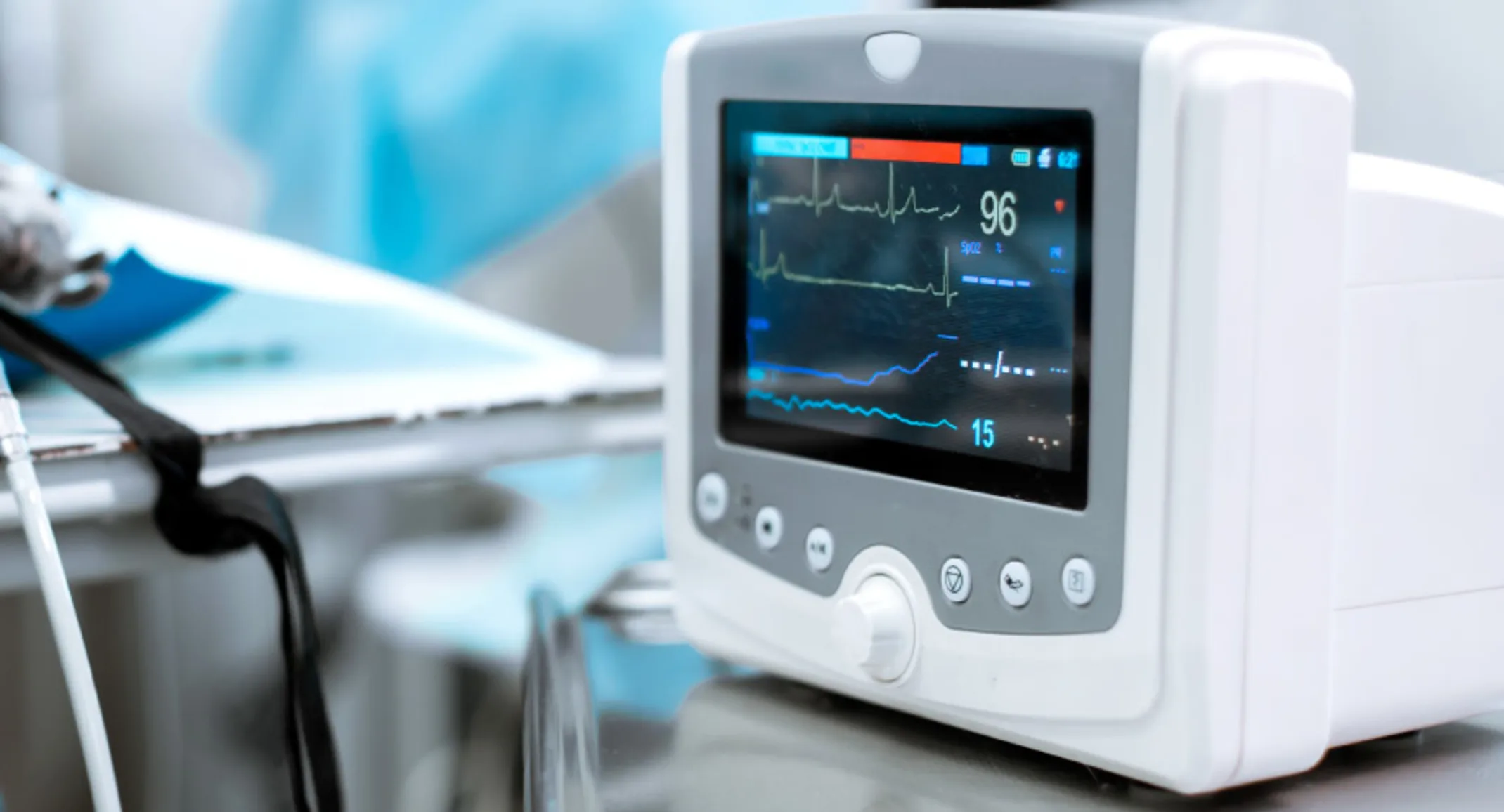What Pet Owners Should Know About Anesthesia
For Pet Owners

August 19, 2022
Anesthesia is necessary in some cases to allow veterinarians to perform procedures on pets that otherwise would not be possible.
Our Southwest Vet team goes to great lengths to ensure your pet receives care equivalent to human standards when they undergo anesthesia, and we would like to provide information about this subject to set your mind at ease should your pet have an upcoming procedure.
What pet owners should know about anesthesia preparation
Anesthesia, like other medical procedures, has risks, so we take steps to ensure your pet is healthy enough to undergo the procedure. These steps include:
Taking a detailed history — We review your pet’s medical history to ensure a medical condition or medication won’t increase their anesthetic risk.
Weighing your pet — We weigh your pet and assess their body conditioning score (BCS) to ensure we accurately calculate their anesthetic medications.
Examining your pet — We perform a thorough physical examination, assessing your pet’s temperature, heart rate and rhythm, lungs, and mucous membranes, to ensure they are in good health.
Performing blood work — Before any anesthetic procedure, we perform a complete blood count and a biochemistry profile to assess your pet’s overall health, and to determine whether an underlying condition that would increase their anesthetic risk is present.
Performing other diagnostics — Depending on your pet’s condition, we may recommend other diagnostics such as X-rays, ultrasound, and other blood tests.
Sedating your pet — We administer a pre-anesthetic sedative to alleviate your pet’s stress and facilitate the anesthetic process.
Placing an intravenous (IV) catheter — We place an IV catheter so we can easily administer anesthetic medications and fluids to support your pet’s internal organs.
What pet owners should know about anesthesia
Once we have induced anesthesia, we take more steps to ensure your pet is safe during the procedure. These include:
Intubating your pet — We place an endotracheal tube to deliver oxygen and inhalant gasses, and to protect against accidental inhalation of stomach contents or other substances into your pet’s lungs.
Managing pain — We use injectable systemic pain-relieving medications or local nerve blocks to minimize your pet’s pain during and after their procedure.
Monitoring your pet’s vitals — A veterinary professional monitors your pet’s vitals throughout the anesthetic process to ensure their appropriate anesthetic plane, and to make any necessary adjustments. Equipment used to monitor your pet includes:
Electrocardiogram (ECG) — We use an ECG to monitor your pet’s heart rhythm and ensure they don’t develop an arrhythmia.
Heart rate monitor — Elevations in your pet’s heart rate can indicate their anesthesia level is too light, and decreases can indicate their anesthesia is too deep. We closely monitor your pet’s heart rate to ensure we maintain the appropriate level.
Temperature probe — Body temperatures above or below normal can lead to significant complications, and we closely monitor your pet’s core body temperature.
Blood pressure monitor — Hypotension is a common anesthetic complication, so we closely monitor your pet’s blood pressure to assess their cardiovascular status.
Pulse oximetry and end-tidal CO₂ monitor — We use information from these machines to ensure your pet receives adequate oxygen during anesthesia.
What pet owners should know about anesthetic recovery
Once we have completed your pet’s procedure, we take them to a quiet recovery area, where one of our veterinary professionals monitors them closely until they are fully awake. We may administer a reversal agent to help counteract the anesthetic medication and speed recovery. Depending on your pet’s condition, we may send them home with detailed discharge instructions, or they may need to remain in the hospital until they are fully stabilized.
What pet owners should know about high-risk anesthesia
While any pet can experience complications from anesthesia, certain pets are at higher risk. Risk factors include:
Breed — Greyhounds may have prolonged recovery times after receiving certain anesthetic medications, and brachycephalic breeds (e.g., pugs, Boston terriers, bulldogs, Persian cats) have higher respiratory-related complication rates.
Size — Small pets, such as puppies, kittens, and small-breed dogs, are at increased risk for hypothermia during anesthesia. Overweight pets are also at increased risk.
Age — Senior pets are at increased risk, because they more likely have underlying health conditions.
Emergency situations — Pets experiencing a medical emergency who have to undergo anesthesia are at increased risk.
Pre-existing conditions — Pets who are affected by pre-existing health conditions are at increased risk.
What pet owners should know about decreasing anesthetic risk
Not all anesthetic complications can be prevented, but you can take certain steps to decrease your pet’s anesthetic risk. These include:
Keeping your pet at a healthy weight — Feed your pet appropriately and provide adequate exercise to ensure they maintain a healthy weight.
Providing regular wellness care — Ensure that a veterinary professional evaluates your pet at least once a year, so any health conditions can be detected early, when they are easier to treat and manage. Always keep your pet’s vaccines and parasite preventives up to date.
Informing your veterinarian — Inform your veterinarian about your pet’s health issues and medications, as well as whether your pet has ever reacted to sedation or anesthesia.
Following veterinary orders — Ensure you follow all pre-anesthetic instructions, such as fasting your pet and administering medications.
Knowing your pet needs to undergo anesthesia can be stressful, but we use the safest anesthetic protocols available to keep your pet safe. If your pet needs a procedure that requires anesthesia, contact our Southwest Vet team, and we will devise a safe anesthetic protocol to fit their individual needs.
